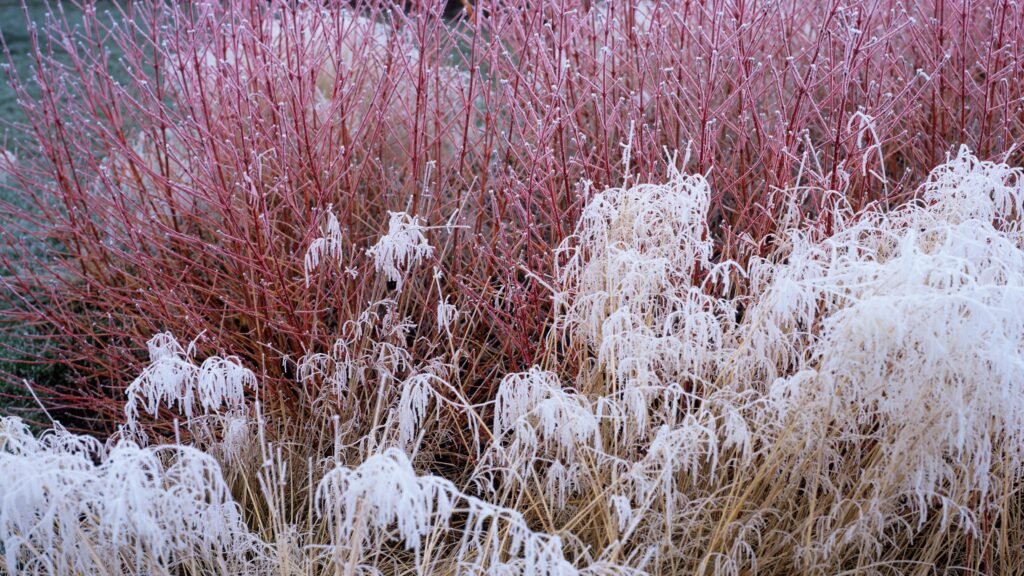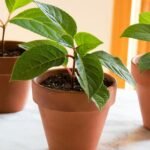Best Plants for Winter Interest
Selecting plants that offer visual interest during the winter months can transform your garden into a vibrant landscape even in the coldest season. Here’s a guide to some of the best plants to consider for winter interest.
Evergreen Trees and Shrubs: Year-Round Foliage and Structure
Evergreen trees and shrubs are essential for providing structure and greenery in winter. Varieties such as boxwood, holly, juniper, and arborvitae retain their foliage throughout the year, offering a backdrop of color and texture against the winter landscape. Their dense foliage also provides shelter for birds and other wildlife during colder months.

Ornamental Grasses: Texture and Movement in Winter
Ornamental grasses add texture, movement, and architectural interest to winter gardens. Varieties like feather reed grass (Calamagrostis), switchgrass (Panicum), and fountain grass (Pennisetum) retain their form through winter, with seed heads adding visual appeal and attracting birds. Their rustling in the wind creates a soothing ambiance, making them ideal for winter landscapes.
Winter-flowering Shrubs: Blossoms Amidst the Chill
Certain shrubs bloom during winter, adding bursts of color to your garden. Examples include witch hazel (Hamamelis), winter jasmine (Jasminum nudiflorum), and winter honeysuckle (Lonicera fragrantissima). These hardy shrubs produce fragrant flowers in shades of yellow, white, or pink, brightening up dreary winter days and providing nectar for early pollinators.
Berry-producing Plants: Colorful Berries for Winter Birds
Plants that produce berries during winter not only add color but also attract birds to your garden. Species like winterberry holly (Ilex verticillata), cotoneaster, and viburnum offer clusters of red, orange, or black berries that persist through winter. These berries provide food for birds and wildlife while enhancing the visual interest of your garden during the colder months.
Bark and Stem Interest: Striking Bark Colors and Textures
Trees and shrubs with colorful or textured bark become standout features in winter landscapes. Species such as paperbark maple (Acer griseum), coral bark maple (Acer palmatum), and red-twig dogwood (Cornus sericea) exhibit vibrant bark hues or interesting textures that stand out against snow-covered backgrounds. Pruning these plants selectively can highlight their bark’s beauty.
Winter Interest Perennials: Flowers and Foliage
Certain perennials maintain their structure or foliage during winter, adding interest to garden beds. Plants like heuchera (Coral Bells), ornamental kale, and sedum ‘Autumn Joy’ retain colorful leaves or dried flower heads that persist through frost and snow. These hardy perennials provide texture and color variation amidst winter’s subdued palette.
Conclusion
Plants for winter interest play a crucial role in maintaining garden aesthetics and attracting wildlife during the colder months. By incorporating evergreen trees and shrubs, ornamental grasses, winter-flowering shrubs, berry-producing plants, bark-focused species, and winter interest perennials, gardeners can create visually appealing landscapes year-round. Understanding the characteristics and care requirements of these plants ensures they thrive and contribute to the beauty and biodiversity of your winter garden.



